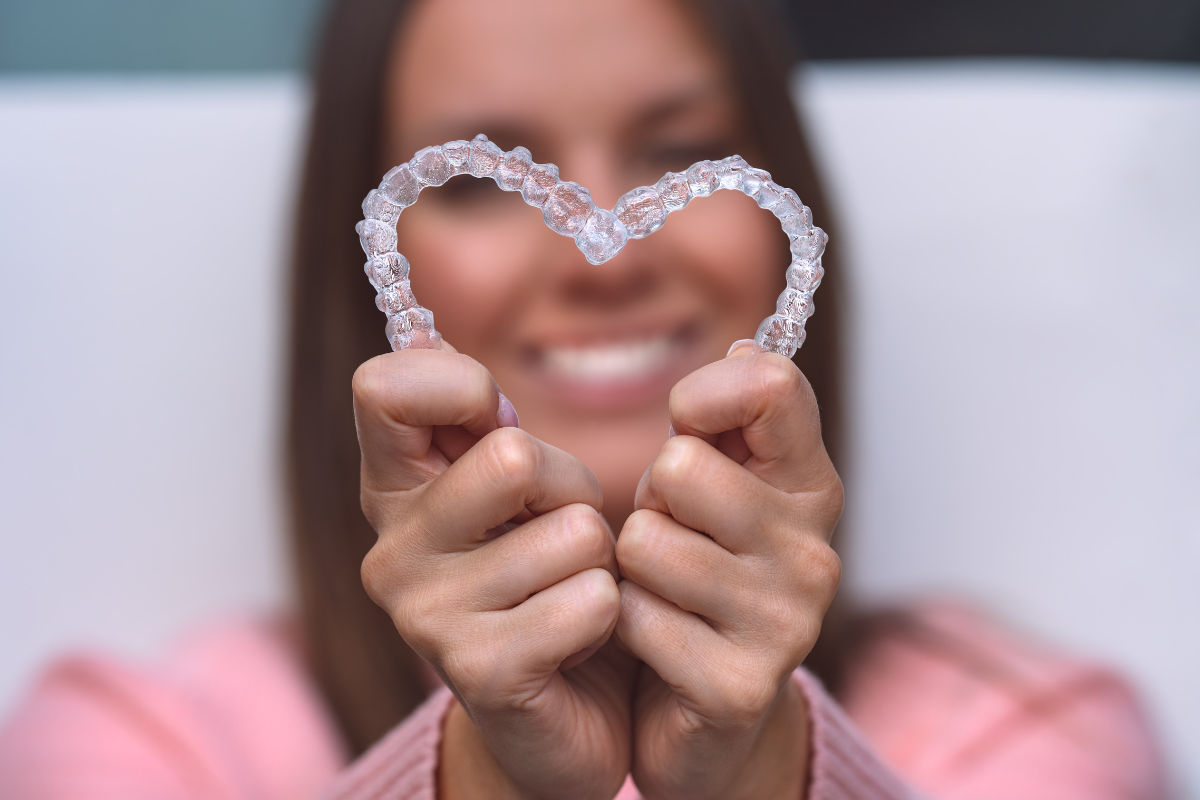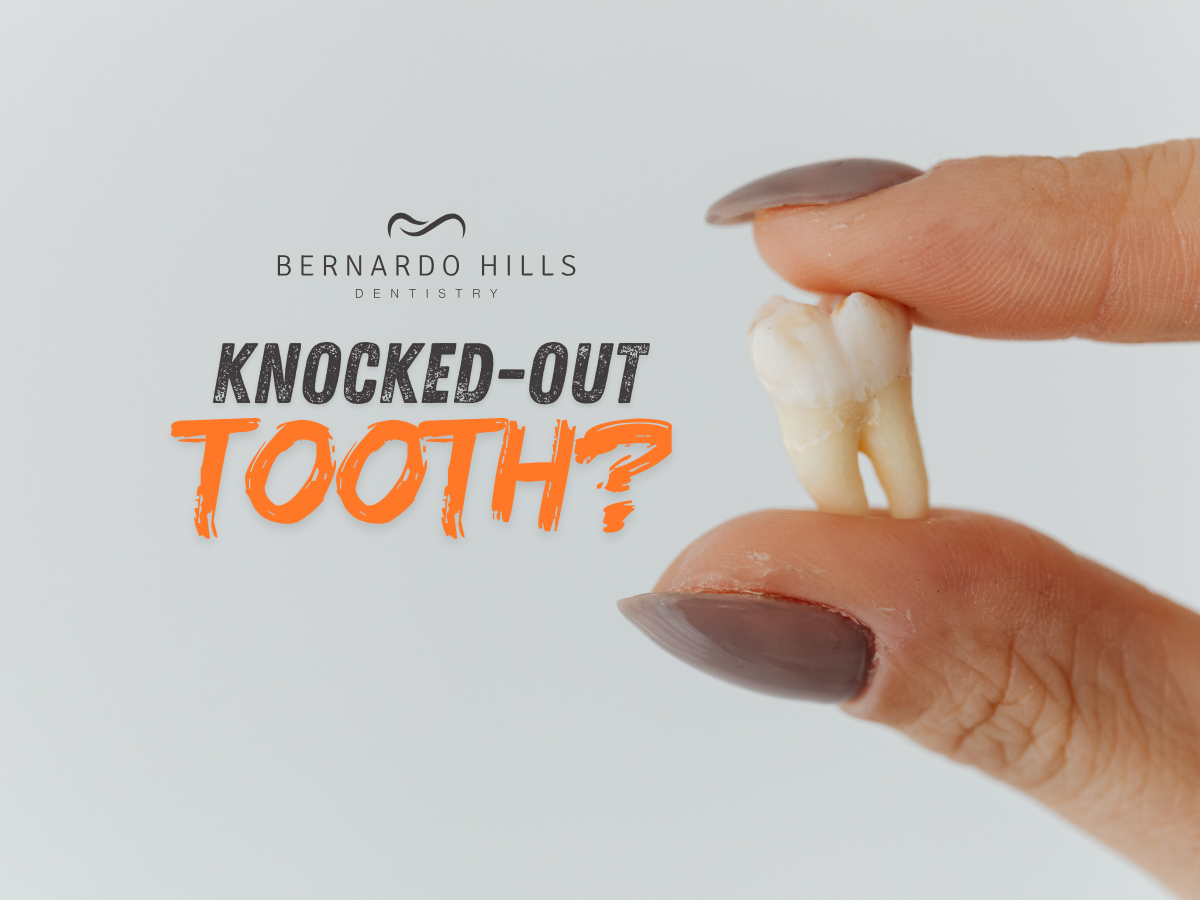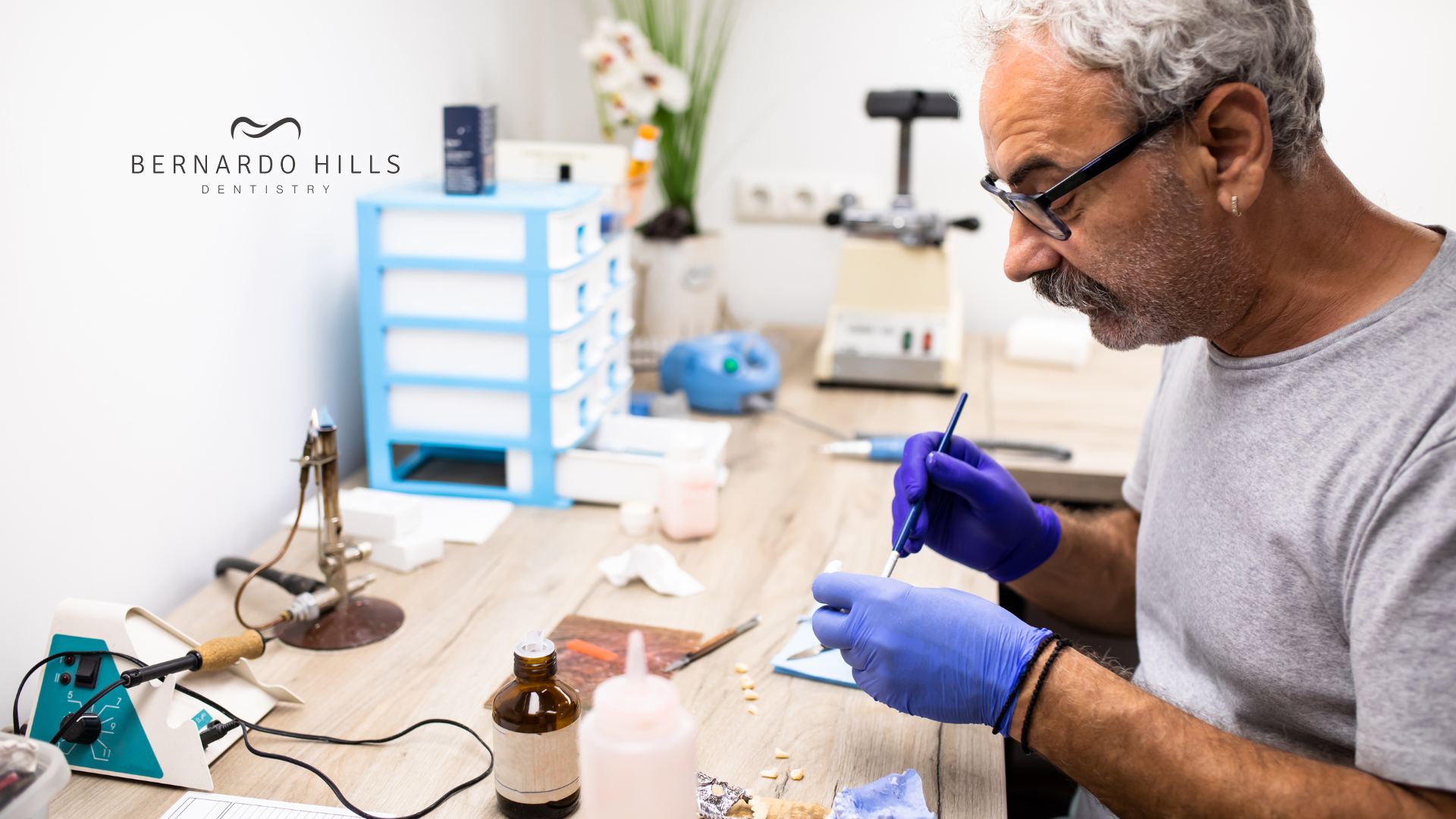What is Prophylaxis Dental?
Understanding Prophylaxis Dental
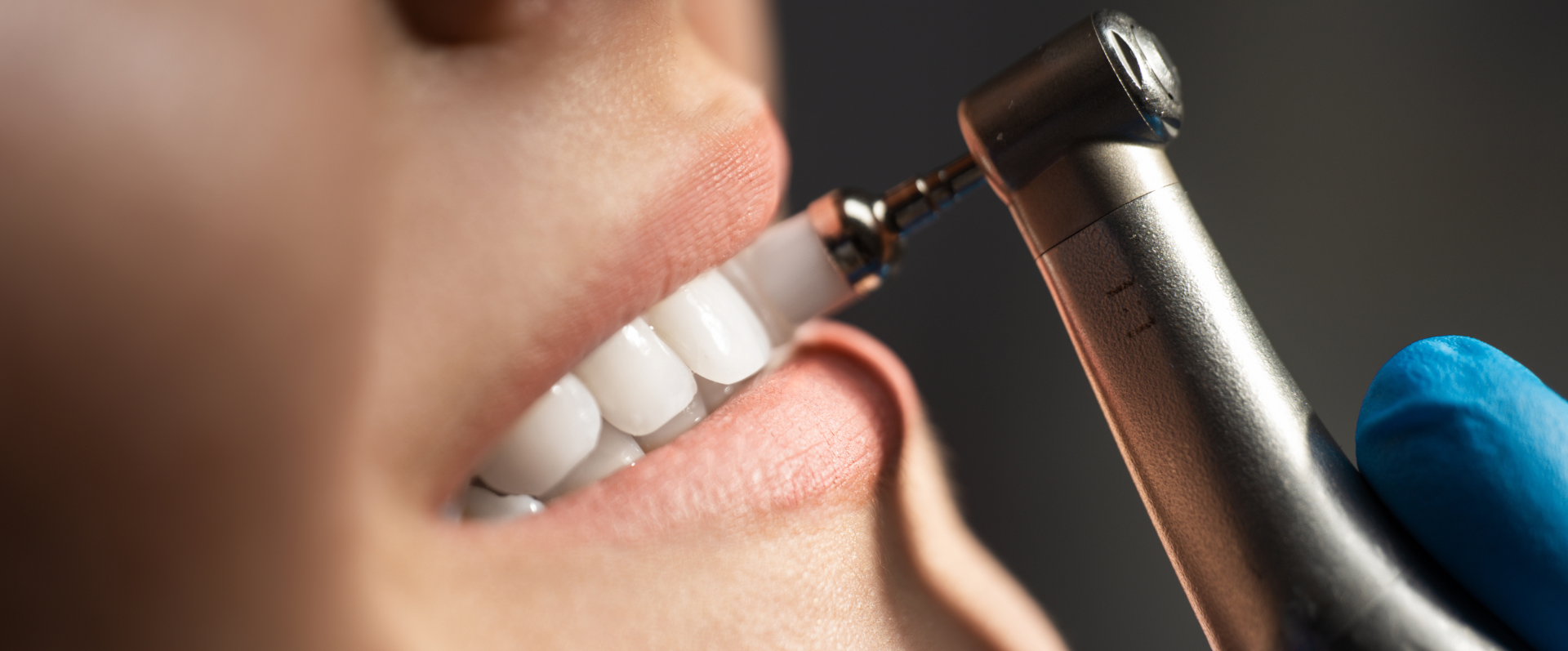
Definition and Importance
Prophylaxis dental, often called a dental cleaning, is a preventive procedure aimed at maintaining oral health. It involves removing plaque and tartar to prevent cavities and gum disease. This procedure is essential for everyone, as it helps in keeping teeth and gums healthy.
Historical Background
The practice of dental cleaning dates back to ancient civilizations. Early methods included using twigs and abrasive materials to clean teeth. Today, Bernardo Hills Dentistry utilizes state-of-the-art technologies and techniques refined over centuries to provide modern Dental Prophylaxis Services.
Common Misconceptions
There are several misconceptions about prophylaxis dental. Some people think it's only necessary when there's a problem, but regular cleanings are crucial for prevention. Others wonder, who can perform a dental prophylaxis? The answer is that licensed dental professionals, such as dentists and dental hygienists, are qualified to perform this procedure.
It's important to note that not everyone needs antibiotic prophylaxis for dental procedures. This is typically reserved for patients with specific medical conditions.
Additionally, many are confused about what does prophylaxis mean on a dental bill. Simply put, it refers to the cleaning service provided to maintain oral health.
Enhanced Understanding of Dental Prophylaxis: Tools, Techniques, and Benefits
Advanced Tools and Techniques in Dental Prophylaxis
At Bernardo Hills Dentistry, we use state-of-the-art technology to ensure the most effective and comfortable prophylaxis experience. Our procedure involves:
- Ultrasonic Scalers: These advanced tools use high-frequency vibrations to dislodge stubborn tartar and plaque, particularly in hard-to-reach areas.
- Hand Instruments: For detailed cleaning, our hygienists use specialized tools to remove deposits both above (supragingival) and below the gumline (subgingival).
- Fluoride Treatments: A fluoride-rich solution may be applied post-cleaning to strengthen enamel and protect against cavities.
Prophylaxis Tailored to Your Needs
We understand that everyone’s oral health is unique, which is why we customize the frequency and scope of dental prophylaxis to suit your specific needs:
- Routine Cleanings (Every 6 Months): Ideal for patients with good oral health who require standard maintenance.
- Frequent Cleanings (Every 3-4 Months): Recommended for those with periodontal disease, braces, or a history of gum issues to prevent complications.
- Deep Cleanings: For advanced gum disease, we provide more intensive prophylaxis procedures to clean deep pockets and protect your gum health.
Prevention and Management of Gum Disease
Prophylaxis plays a critical role in preventing and managing gum disease. For patients diagnosed with gingivitis or periodontitis, regular professional cleanings can:
- Reduce inflammation.
- Halt the progression of gum disease.
- Minimize the risk of tooth loss and systemic complications.
Connection Between Oral and Systemic Health
Did you know that your oral health is closely linked to your overall well-being? Research shows that maintaining clean teeth and gums can reduce the risk of systemic conditions such as:
- Cardiovascular disease.
- Diabetes complications.
- Respiratory infections.
By addressing oral bacteria and inflammation through prophylaxis, you’re not just protecting your smile—you’re also safeguarding your overall health.
Education for Lasting Oral Health
At Bernardo Hills Dentistry, we don’t just clean your teeth; we empower you with knowledge to maintain them. During your visit, our team will provide tips and guidance on:
- Proper brushing and flossing techniques.
- Choosing the right oral hygiene products.
- Tailoring your daily routine to your unique dental needs.
Why Choose Bernardo Hills Dentistry for Your Prophylaxis?
With a focus on personalized care, cutting-edge technology, and comprehensive education, we strive to make your prophylaxis appointments a vital part of your overall wellness journey. Whether it’s a routine cleaning or advanced care, our team is here to support you every step of the way.
The Process of Prophylaxis Dental
Initial Examination
The first step in understanding what type of procedure is dental prophylaxis involves an initial examination. During this stage, the Bernardo Hills Dentistry will check your mouth for any signs of dental issues. This includes looking for cavities, gum disease, and other oral health problems. This step is crucial because it helps the dentist plan the cleaning process effectively.
Cleaning Procedures
Once the examination is complete, the actual cleaning begins. The dentist or hygienist will use special tools to remove plaque and tartar from your teeth. This process is called scaling. After scaling, your teeth will be polished to remove any remaining stains and make them smooth. Sometimes, a fluoride treatment is applied to strengthen your teeth.
Post-Cleaning Care
After the cleaning, the dentist will give you tips on how to maintain your oral health. This may include advice on brushing techniques, flossing, and using mouthwash. You might also receive a schedule for your next visit.
Regular dental cleanings are essential for keeping your mouth healthy and preventing future problems.
Tools and Techniques Used in Prophylaxis
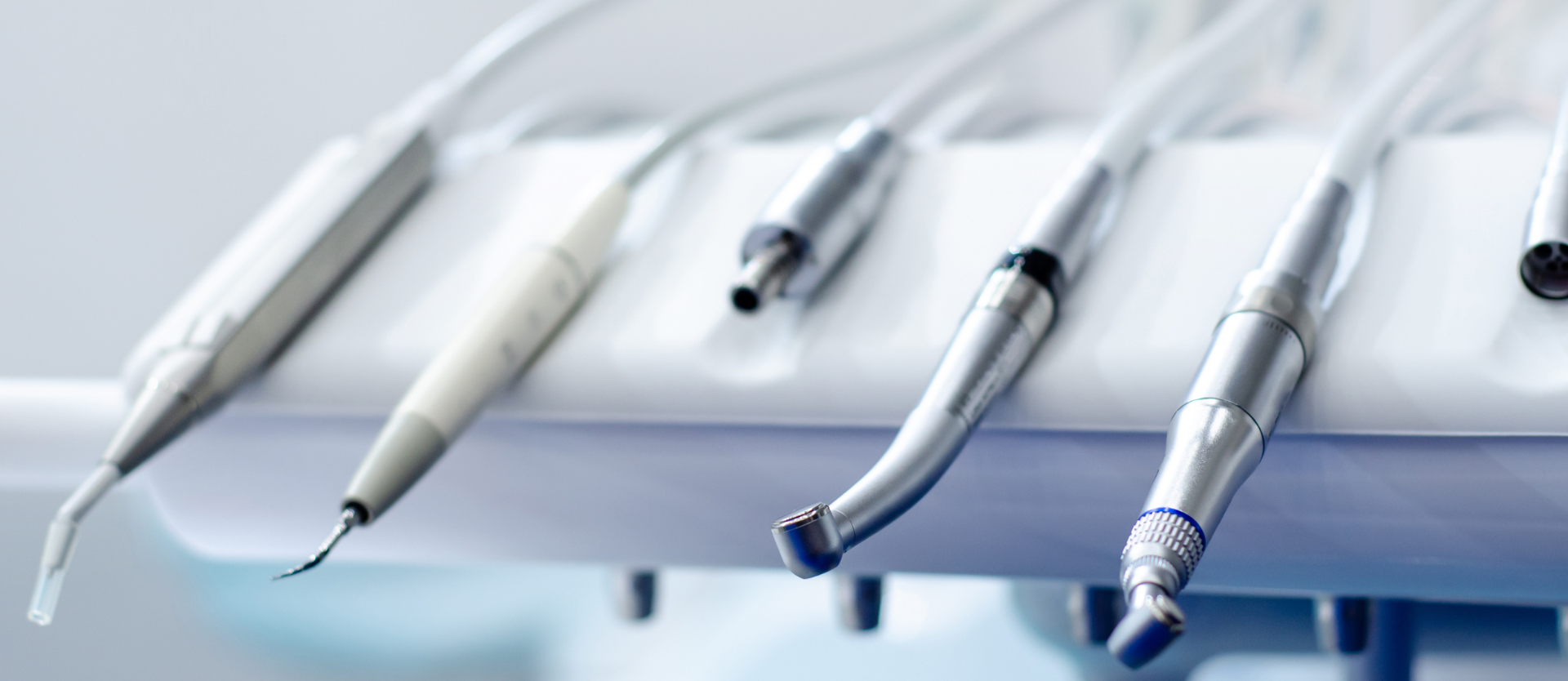
Scaling Instruments
Scaling instruments are essential for removing plaque and tartar from teeth. These tools help in cleaning areas that are hard to reach with a regular toothbrush. Dentists use both manual and ultrasonic scalers to ensure thorough cleaning.
Polishing Tools
After scaling, polishing tools are used to smooth the tooth surfaces. This step helps in removing stains and making the teeth look shiny. Polishing also makes it harder for plaque to build up again.
Fluoride Application
Fluoride application is the final step in the prophylaxis process. Fluoride helps to strengthen the teeth and prevent cavities. Dentists apply a fluoride gel or varnish to the teeth, which is left on for a few minutes to take effect.
Regular use of these tools and techniques ensures that your teeth stay healthy and clean.
Benefits of Regular Prophylaxis Dental Visits
Prevention of Dental Diseases
Regular prophylaxis dental visits are crucial for preventing dental diseases. Routine cleanings help remove plaque and tartar, which are the main culprits behind cavities and gum disease. By keeping your teeth clean, you can avoid many common dental problems.
Improved Oral Hygiene
Visiting the dentist regularly for prophylaxis ensures that your oral hygiene is top-notch. Dentists use special tools to clean areas that are hard to reach with a toothbrush. This thorough cleaning helps maintain fresh breath and a healthy mouth.
Early Detection of Issues
One of the biggest benefits of regular dental visits is the early detection of potential issues. Dentists can spot signs of problems like tooth decay or gum disease before they become serious. This early intervention can save you from more extensive and expensive treatments later on.
Regular dental check-ups are an investment in your long-term oral health. They help you maintain a bright smile and avoid painful dental issues.
Risks and Considerations
Potential Side Effects
While prophylaxis dental procedures are generally safe, there are some potential side effects to be aware of. Patients might experience temporary sensitivity in their teeth and gums after the cleaning. In rare cases, there could be minor bleeding or swelling. It's important to communicate any discomfort to your dentist.
Patient Eligibility
Not everyone is an ideal candidate for prophylaxis dental. Patients with severe gum disease or other serious dental issues might need different treatments. Always consult with your dentist to determine if this procedure is right for you.
Frequency of Visits
How often you should get a prophylaxis dental cleaning depends on your oral health. Most people benefit from a cleaning every six months. However, those with specific dental conditions might need more frequent visits. Your dentist will recommend the best schedule for you.
Regular dental check-ups are crucial for maintaining good oral health and catching potential issues early.
Prophylaxis for Different Age Groups
Children's Dental Care
Children need special attention when it comes to dental care. Regular prophylaxis dental visits help in preventing cavities and other dental issues. Dentists often use smaller tools and gentle techniques to make the experience comfortable for kids. It's also a great time to teach children about good oral hygiene habits.
Adult Dental Care
For adults, prophylaxis dental visits are crucial for maintaining oral health. These visits help in removing plaque and tartar that regular brushing can't eliminate. Adults should aim for at least two dental cleanings per year to keep their teeth and gums healthy.
Elderly Dental Care
Elderly individuals have unique dental needs. Prophylaxis dental visits can help in managing age-related dental problems like gum disease and tooth decay. Dentists may also check for signs of oral cancer during these visits. It's important for elderly patients to maintain regular dental check-ups to ensure their overall health.
Cost and Insurance Coverage
Average Costs
The cost of prophylaxis dental procedures can vary widely. On average, a routine cleaning might cost between $75 and $200. However, prices can be higher depending on the dentist's location and the complexity of the cleaning.
Insurance Policies
Many dental insurance plans cover prophylaxis dental cleanings. Typically, insurance will cover two cleanings per year. It's important to check with your insurance provider to understand the specifics of your coverage.
Affordable Care Options
For those without insurance, there are still ways to afford dental cleanings. Some options include:
- Dental schools: They often offer reduced-cost services provided by students under supervision.
- Community health clinics: These clinics may provide low-cost or sliding scale fees based on income.
- Payment plans: Some dental offices offer payment plans to help spread out the cost.
Regular dental cleanings are essential for maintaining good oral health, and there are options available to make them affordable for everyone.
Prophylaxis Dental vs. Other Dental Procedures
Comparison with Deep Cleaning
Prophylaxis dental, often known as a regular dental cleaning, is different from deep cleaning. Prophylaxis focuses on maintaining oral health by removing plaque and tartar above the gumline. Deep cleaning, on the other hand, targets the areas below the gumline to treat gum disease. While prophylaxis is a preventive measure, deep cleaning is more of a treatment for existing issues.
Differences from Regular Check-ups
A regular check-up usually includes an examination of your teeth, gums, and mouth, but it doesn't always involve a cleaning. Prophylaxis dental specifically refers to the cleaning part of the visit. During a check-up, the dentist may take X-rays and look for signs of problems, but the main goal of prophylaxis is to clean your teeth and keep them healthy.
When to Choose Prophylaxis
You should choose prophylaxis dental if you want to keep your teeth and gums in good shape. It's recommended to have this type of cleaning at least twice a year. If you have a history of gum disease or other dental issues, your dentist might suggest more frequent cleanings. Regular prophylaxis can help prevent more serious problems down the road.
Regular prophylaxis dental visits are key to maintaining a healthy smile and preventing dental issues before they start.
Patient Experiences and Testimonials
Overall Rating
880
reviews
First-Hand Accounts
Many patients share their positive experiences with prophylaxis dental visits. One patient mentioned feeling a significant improvement in their oral health after just a few sessions. Another patient appreciated the gentle approach of their dental hygienist, which made the process more comfortable.
Common Feedback
Patients often highlight the following points:
- The procedure is usually painless.
- It leaves their mouth feeling fresh and clean.
- Regular visits help in maintaining better oral hygiene.
Tips from Patients
Here are some tips from patients who regularly undergo prophylaxis dental procedures:
- Schedule your appointments in advance to avoid long waiting times.
- Follow the post-cleaning care instructions given by Bernardo Hills Dentistry.
- Don't hesitate to ask questions if you're unsure about any part of the process.
Regular prophylaxis dental visits can make a big difference in your overall oral health. You may use these subheading that based from the title to understand the importance of these visits better.
Future Trends in Prophylaxis Dental
Technological Advancements
The field of dental care is rapidly evolving with new technologies. Laser dentistry is becoming more common, offering a less invasive option for cleaning teeth. Digital imaging and 3D printing are also making it easier to create custom dental tools and prosthetics.
Emerging Research
Ongoing research is crucial for improving dental care. Scientists are exploring new materials for fillings and sealants that are more durable and less likely to cause allergic reactions. There's also a focus on understanding the oral microbiome and how it affects overall health.
Predicted Changes in Practices
In the future, dental practices may shift towards more personalized care. This could include tailored cleaning schedules based on a patient's unique needs and risk factors. Additionally, there may be a greater emphasis on preventive care, aiming to stop dental issues before they start.
The future of dental care looks promising, with advancements that could make visits to the dentist more effective and less stressful for everyone.
Conclusion
In summary, prophylaxis dental is a key part of keeping your teeth and gums healthy. It involves regular cleanings and check-ups to prevent problems like cavities and gum disease. By visiting your dentist regularly, you can catch issues early and keep your smile bright. Remember, taking care of your teeth now can save you from bigger problems later. So, make sure to brush, floss, and see your dentist regularly for the best oral health.
Bernardo Hills Dentistry
11665 Avena Pl # 105, San Diego, CA 92128, United States
(858) 877-9307
Hours & Address
Monday: 9:00 am - 6:00 pm
Tuesday: 9:00 am - 6:00 pm
Wednesday: 8:00 am - 5:00 pm
Thursday: 8:00 am - 5:00 pm
Friday: 8:00 am - 2:00 pm
Saturday-Sunday: Closed
Navigation Links
Hours & Address
Monday: 9:00 am - 6:00 pm
Tuesday: 9:00 am - 6:00 pm
Wednesday: 8:00 am - 5:00 pm
Thursday: 8:00 am - 5:00 pm
Friday: 8:00 am - 2:00 pm
Saturday-Sunday: Closed
Navigation Links
Hours & Address
Monday: 9:00 am - 6:00 pm
Tuesday: 9:00 am - 6:00 pm
Wednesday: 8:00 am - 5:00 pm
Thursday: 8:00 am - 5:00 pm
Friday: 8:00 am - 2:00 pm
Saturday-Sunday: Closed
Navigation Links
Bernardo Hills Dentistry | All Rights Reserved

